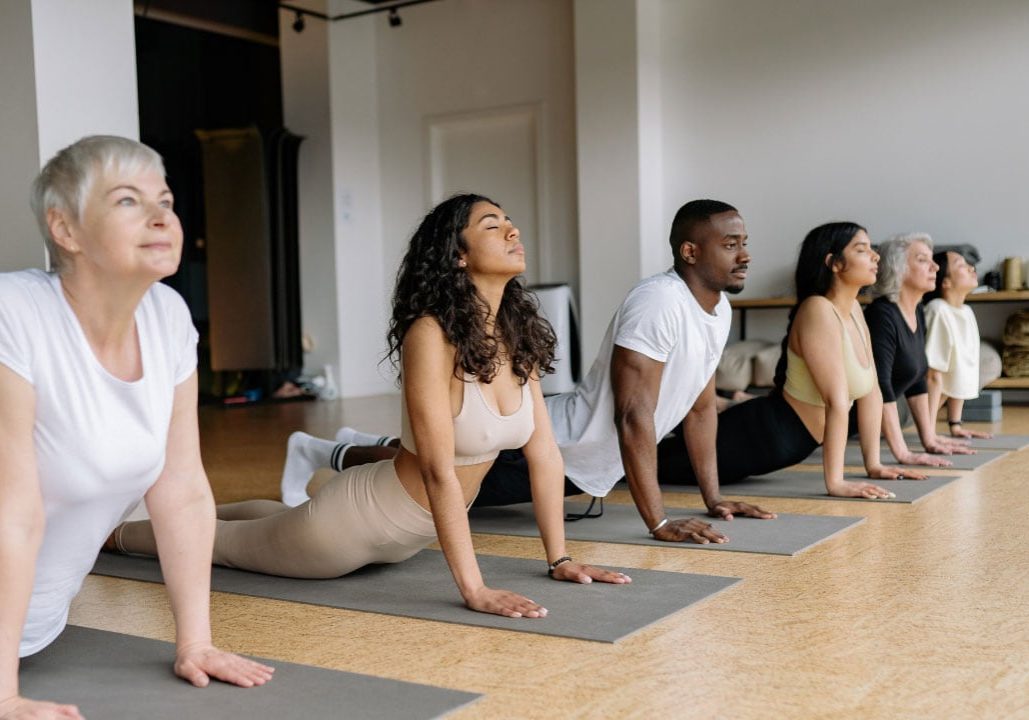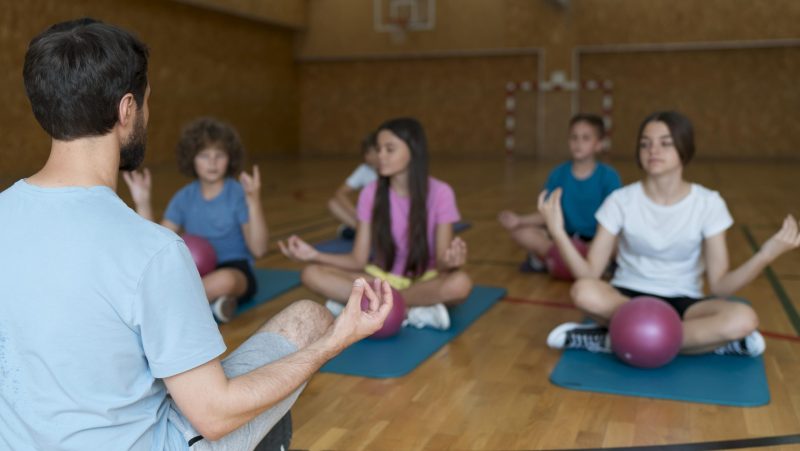
Yoga diversity: ideas for boosting class uptake
Reaching out to wider communities to make yoga more inclusive. By Fenella Lindsell
When it comes to an activity like yoga, the idea that some people feel excluded by the practice is counter-intuitive to the very essence of what it stands for. At the most elementary level, if you can breathe, you can do yoga.
From my 30 years of teaching, I’ve seen that one of people’s biggest concerns with yoga engagement is about flexibility (or lack of it!). However, touching your toes is really not the point.
Strengthening the body and improving physical and mental health is an essential part of yoga practice and does not require flexibility, yet helps improve it. In essence, if your posture is good, your breathing improves and your wellbeing with it too.
Recent trends
Having risen to new prominence in the USA and Europe in the last 20 years, there has been a sharp rise in funding and research towards yoga practice and its effects. Teacher training schools have received steadily increasing attention and the number of practicing yogis has reportedly risen from 20 million to 50 million in the prior eight years.
Now a $5.7 billion industry, with over 70,000 teachers in the USA and 11,000 in the UK, the yoga market has risen by an estimated 87% since 2004.
Nonetheless, certain research trends have pointed out that some groups are statistically less likely to practice yoga.
By taking a look at these groups, we will also see which barriers typically pop up, which age groups and demographics are less inclined to practice yoga and finally, understand some recommended methods to encourage yoga for everyone.
Reasons for lack of participation
The leading reasons for non-participation in yoga vary depending on the groups you talk about. For example, older adults tend to avoid yoga for fear of injury, while those of lower income in the USA and UK tend to lack the time or childcare cover needed. Men, though less so now, were unlikely to attend a yoga class due to stereotypes that it is aimed more at women and health fanatics than it is aimed at males.
A leading study found that ethnic minorities and low-income adults did not participate because they felt:
- Yoga lacked physicality and weight loss benefits
- They feared the risk of injury
- Believed they lacked the ability/self-efficacy to perform the practices
- Had preference for other physical activities
- And/or had scheduling difficulties
Another study targeted at seniors found the following reasons to be the most common for avoiding yoga:
- The difficulty of yoga practice
- Lack of motivation
- Fear of injury
It seems with older adults, the problem is a lack of education on the proven benefits of yoga and this overlaps with similar fears from other groups.
Getting people involved
It seems that from the research, the best way for those who are sceptical or reluctant about the practice of yoga is to have a high-quality and personable yoga instructor. This has shown to be one of the biggest factors in getting someone to either start, continue and enjoy yoga. Classes too need to be versatile, offering modifications for those newer to the practice and options for more experienced yogis.
The second factor in involvement is to keep yoga material and advertising culturally relevant.
As some of us may have seen, the local hipster coffee shop is rife with yoga pamphlets of all shapes and sizes, but it’s important to go beyond these places to include other people and backgrounds that may not frequent these locations.
There are numerous opportunities to work with healthcare professionals, therapists and health services. Increasingly local sports and running clubs now welcome yoga to help their athletes avoid injury in their activity.
A final factor that is also important to get outliers into yoga practice is to run classes at easily accessible times; for some, childcare is always a plus and has been shown to increase participation.
However, this does also depend on your clientele. For young adults and parents who are still working full-time, evenings tend to suit best, whereas those who are closer to/in retirement often have free time in the mid-morning. Parents on maternity/paternity leave will appreciate childcare, as will those of lower income. If classes are run as a group of friends together, childcare can also be shared.
Using this research, consider how you could increase participation, grow your client base into an inclusive yoga community and bring out the best from this 5,000-year-old practice.
A memory to share with you is that yoga classes build their community. Over decades of teaching, I have seen many friendships flourish. I’ve encouraged these with group meal nights, festive parties, creative workshops and of course yoga holidays, which all enable these friendships to grow and new ones to flourish.







